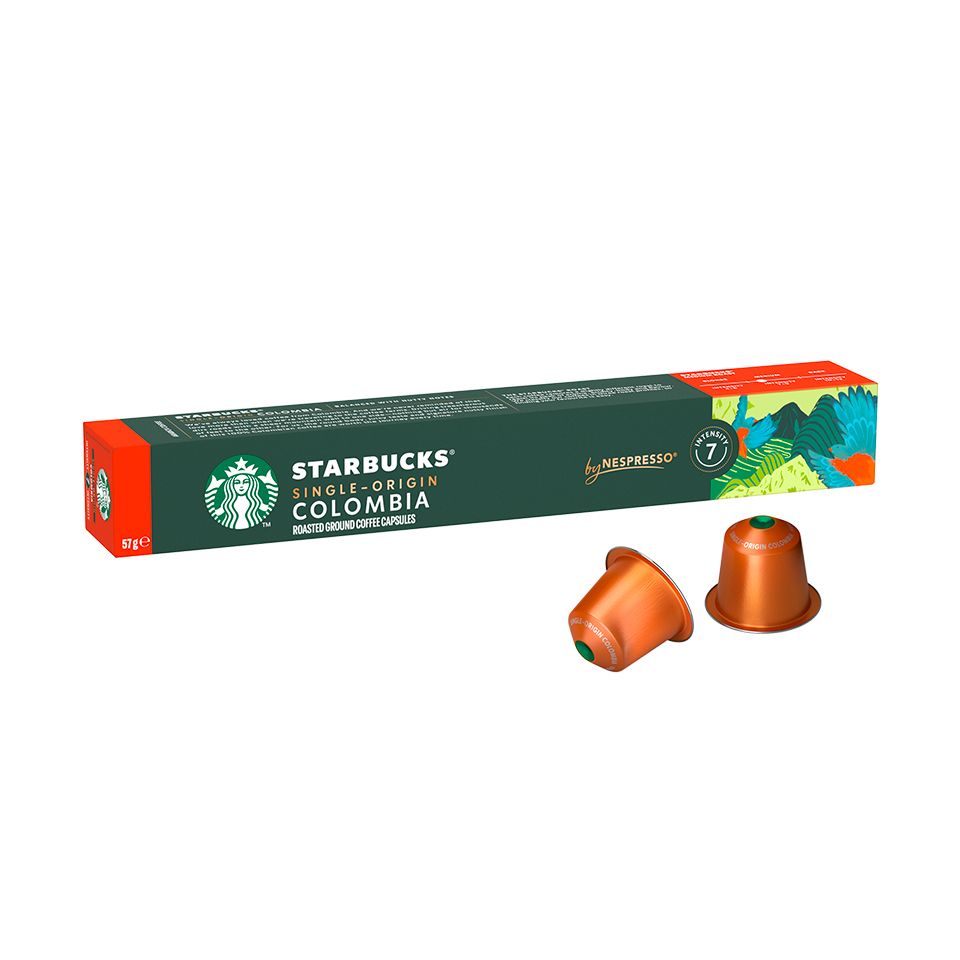What Makes SOE Single Origin Espresso Different from Blends
What Makes SOE Single Origin Espresso Different from Blends
Blog Article
Understanding Coffee Beans: the Trip From Coffee to Blended Coffee Beans

The Beginnings of Coffee: A Worldwide Point Of View
While you could believe of coffee as a modern staple, its beginnings map back centuries, intertwining with cultures throughout the world. The tale begins in Ethiopia, where legend claims a goat herdsman called Kaldi found the energizing impacts of coffee beans after observing his goats romping energetically after consuming them.
As trade routes broadened, coffee made its method to Europe in the 17th century, quickly getting popularity. Each society included its special twist to coffee prep work, enriching its background.
Farming and Harvesting of Coffee Beans
As coffee's trip evolved, the focus changed to the cultivation and harvesting of specific bean varieties, particularly those used for coffee. You'll locate that espresso beans usually come from Arabica or Robusta plants, each offering distinctive tastes. The excellent expanding problems consist of high altitudes and rich, well-drained soil, which boost the beans' high quality.
During the harvest, picking methods vary. Timing is crucial; you want to gather when the cherries reach peak perfection for optimum taste.
As soon as harvested, the beans are planned for processing, which is essential in identifying their final preference. Comprehending the growing and harvesting processes offers you insight into what enters into your preferred coffee, enriching your gratitude for each and every cup.
Handling Techniques: From Cherry to Bean
Now that you have actually learnt more about collecting coffee beans, allow's explore how those cherries transform right into the coffee beans you like. You'll see exactly how various harvesting techniques effect flavor, complied with by the necessary actions of fermentation and drying out. We'll break down the milling and grading process that identifies your coffee's quality.
Gathering Techniques Described
When it involves coffee, comprehending harvesting techniques is necessary, considering that they directly impact the taste and top quality of the beans you take pleasure in. There are 2 primary techniques: discerning picking and strip picking. Selective choosing entails hand-picking just ripe cherries, guaranteeing you get the very best high quality beans. This approach typically leads to a richer taste profile, though it's more labor-intensive. On the other hand, strip picking methods gathering all cherries at the same time, no matter of ripeness. While it's quicker and less costly, this can result in a mix of tastes, affecting the end product. Inevitably, the option of gathering strategy can considerably affect your coffee experience, so it deserves recognizing just how those beans made it to your cup.
Fermentation and Drying Out
After collecting, the next actions in handling coffee beans play a considerable role in shaping their flavor. You'll discover that fermentation is important, as it helps break down the mucilage surrounding the beans, boosting their taste account. Relying on the technique, this procedure can last from a few hours to several days, with differing outcomes based upon temperature level and humidity.
When fermentation is total, drying complies with, which is just as important. You can pick from mechanical or sun-drying drying methods. Sun-drying allows the beans to take in tastes from the environment, while mechanical drying out guarantees regular dampness levels no matter weather. Appropriate drying out is important to prevent mold and mildew and maintain the beans' quality, eventually affecting your cup of coffee.
Milling and Grading Refine
As fermentation and drying out established the phase for taste growth, the milling and grading process assurances that just the finest coffee beans make it to your mug. This phase entails getting rid of the external layers of the coffee cherry, including the parchment and husk. Top quality beans receive a greater grade, resulting in a richer coffee experience.
Toasting Strategies: Opening Taste Potential
When you roast coffee beans, the method you choose can substantially affect the taste profile. Recognizing the connection between time, temperature level, and toasting methods is key to disclosing the potential of your mixture. Allow's explore exactly how these components come together to create the perfect mug.
Toasting Approaches Explained
While you could assume that all coffee toasting techniques generate the exact same results, the reality is that each strategy reveals distinct taste possibilities in the beans. Drum toasting makes use of a revolving drum to equally distribute warm, boosting caramelization and producing a balanced flavor. Air roasting, on the various other hand, distributes hot air around the beans, advertising a lighter roast with noticable acidity.

Influence On Flavor Profile
Different roasting approaches not just affect the procedure however also considerably affect the taste account of the coffee beans. Dark roasts, on the various other hand, bring out vibrant, smoky flavors, often masking the bean's special characteristics. Understanding these nuances assists you value the artistry behind your mug of coffee, boosting your general experience with every sip.
Time and Temperature Level Elements
To release the complete taste capacity of coffee beans, both time and temperature throughout the toasting procedure play considerable duties. When toasting, you'll find that greater temperatures can promptly create flavors, but if you hurry it, you may wind up with burned notes. Alternatively, lower temperatures enable a much more progressive taste advancement, showcasing the beans' special attributes.

Timing is simply as crucial; expanding the roast too long can bring about a loss of acidity and brightness, while also short a roast might leave the beans underdeveloped. Finding that wonderful place requires technique and testing. By adjusting these aspects, you can reveal the abundant, complex flavors hidden within each bean, developing an absolutely remarkable coffee experience.
The Art of Blending: Crafting One-of-a-kind Coffee Accounts

Begin by selecting a base coffee that provides a solid foundation. A brilliant Ethiopian bean can bring fruitiness, while a rich Brazilian coffee includes body.
As you blend, remember that each combination narrates. You're not simply making coffee; you're producing an experience. Take your time, taste often, and delight in the trip of finding your signature mix - Single Origin Espresso.
Developing Approaches: Exactly How Preparation Influences Flavor
Blending coffee opens up a domain of flavor possibilities, but just how you make that blend can substantially affect your final cup. Various developing techniques remove distinct tastes and scents, so it's crucial to select wisely. A French press enables debris and oils to continue to be, producing an abundant, robust experience. On the various other hand, a pour-over highlights the coffee's clearness and illumination, best for showcasing fragile notes.
Coffee, with its high stress, generates a focused shot that emphasizes sweetness and crema. If you favor a lighter brew, think about a cool brew approach; it produces a smooth, much less acidic preference.
Changing variables like water temperature, grind size, and brew time can transform your coffee's profile. Welcome the art of brewing to discover the flavors hidden in your coffee blends.
The Future of Coffee: Sustainability and Innovation
As the coffee sector develops, sustainability and development are ending up being essential for resolving environmental obstacles and conference consumer demands. You'll observe that more coffee business are taking on green methods, from sourcing beans morally to implementing sustainable farming methods. These shifts not just help the earth however also boost the top quality of the coffee you enjoy.
You might see developments like biodegradable product packaging and water-saving developing techniques that decrease waste. Advanced modern technology, such as blockchain, is also ending up being popular, ensuring openness in the supply chain, which enables you to map your coffee back to its beginnings.
In addition, purchasing neighborhood communities and supporting farmers with fair trade initiatives cultivates a much more sustainable coffee environment. As you sip your following mug, keep in mind that your choices can add to a brighter future for coffee. By choosing sustainable brands, you're not simply appreciating a drink; you're making a favorable effect on the world.
Frequently Asked Questions
What Is the Distinction In Between Arabica and Robusta Beans?
Arabica beans are smoother, sweeter, and have a higher acidity, while robusta beans are more powerful, more bitter, and consist of even more high levels of caffeine. When making your coffee., you'll see these distinctions in flavor and scent.
How Does Altitude Affect Coffee Bean Flavor?
Altitude influences coffee bean flavor significantly. Higher altitudes produce beans with brighter acidity and complex tastes, while lower altitudes typically produce beans that are much heavier and less nuanced. You'll observe these differences in your mug!
What Are the Wellness Benefits of Alcohol Consumption Coffee?
Consuming alcohol coffee can increase your power, boost psychological focus, and even improve physical performance. It's rich in antioxidants, might reduce the danger of particular conditions, and can promote a much healthier metabolic rate when consumed in small amounts.
Can Coffee Beans Be Reused for Developing?
Yes, you can recycle coffee beans for developing, yet the taste may be weak. If you delight in exploring, attempt recycling them in various methods, like chilly brews or including to smoothies for an added kick.
How Should I Store Coffee Beans for Freshness?
To keep your coffee beans fresh, save them in a closed container in a trendy, dark place. Prevent subjecting them to dampness, light, or warmth, as these elements can rapidly degrade their taste and scent.
Recognizing Coffee Beans: the Journey From Espresso to Blended Coffee Beans.
Currently that you have actually found out regarding collecting coffee beans, let's discover how those cherries transform into the coffee beans you enjoy.When you roast coffee beans, SOE the approach you select can drastically influence the taste profile - Single Origin Espresso.While you could think that all coffee roasting methods yield the very same outcomes, the truth is that each technique exposes unique taste possibilities in the beans.Different toasting methods not just affect the process however also considerably affect the flavor account of the coffee beans
Report this page